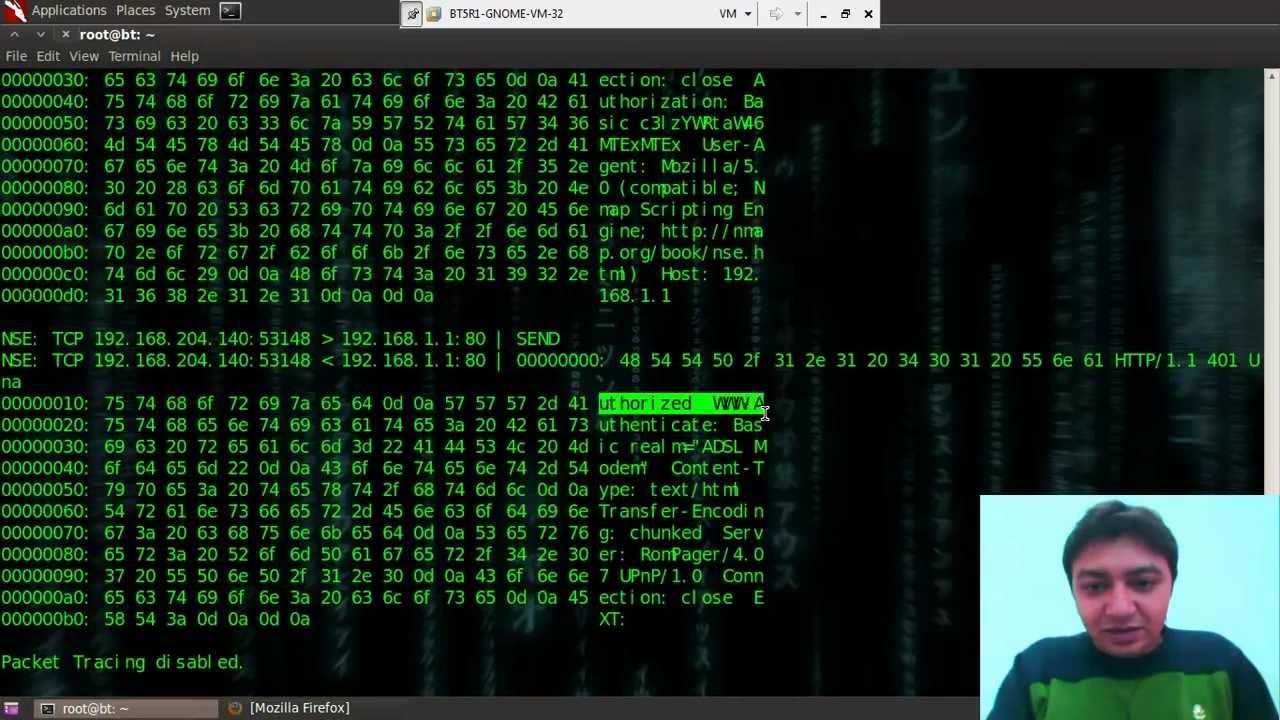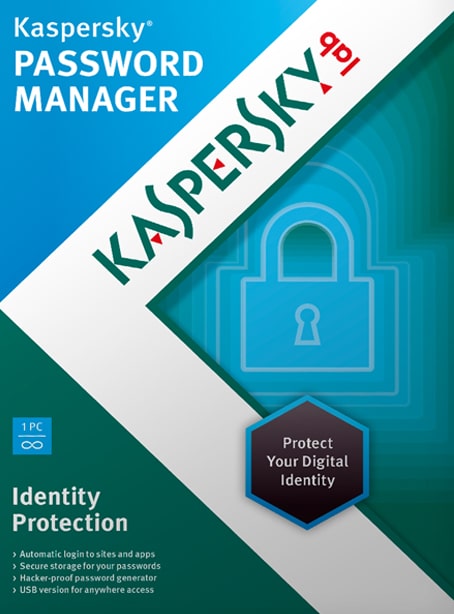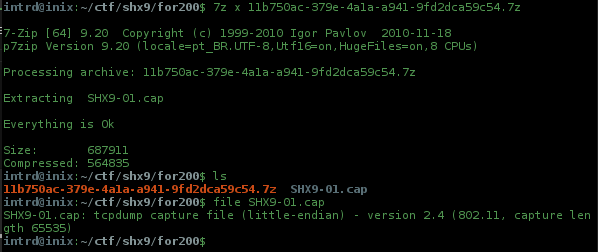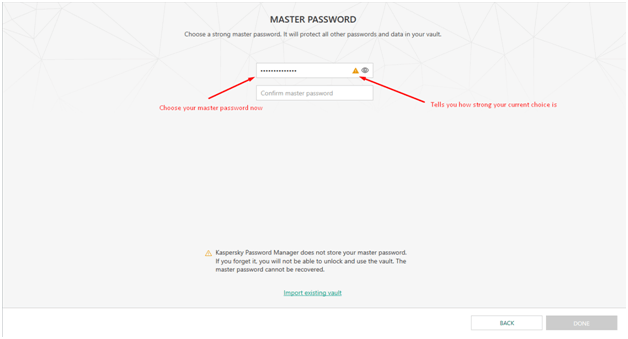
- #Kaspersky password manager flaw bruteforced passwords install#
- #Kaspersky password manager flaw bruteforced passwords archive#
- #Kaspersky password manager flaw bruteforced passwords password#
- #Kaspersky password manager flaw bruteforced passwords professional#
- #Kaspersky password manager flaw bruteforced passwords crack#
How likely is a data leak if you’re using cloud storage? First, it’s important to understand that we’re operating on the zero-knowledge principle.
#Kaspersky password manager flaw bruteforced passwords password#
You can also use the web version of the password manager from any device through the My Kaspersky website. A special option in the settings enables data syncing across all your devices with the installed Kaspersky Password Manager. The encrypted file with passwords can be saved not only on your device but also in Kaspersky’s cloud infrastructure - this allows you to use the vault from different devices, including home computers and mobile phones. However, Kaspersky Password Manager is typically used along with the antivirus solutions by Kaspersky, and that makes it much less likely that a password manager will run on an infected computer.
#Kaspersky password manager flaw bruteforced passwords archive#
It decrypted and stored as a separate file an entire archive with passwords that was running on a computer with an open instance of KeePass. In 2015, such a hacker tool was created for the KeePass Password manager.
#Kaspersky password manager flaw bruteforced passwords install#
There’s another potential loophole though: if an attacker has planted a Trojan or used another method to install a remote-access protocol on your computer, they may try to extract passwords from the vault while you’re logged in to it. But if you’re in the habit of using a laptop or smartphone in a location that may not be completely safe, you can configure the self-locking to kick in after a minute.

The default setting in the app might not lock the vault until after a rather long period of inactivity. If an attacker happens to get hold of your device and manages to bypass the operating system’s protection and reach the vault file, they won’t be able to read what’s in it if they don’t have the main password.īut it’s up to you to configure the self-locker.
#Kaspersky password manager flaw bruteforced passwords crack#
If the password is strong, attackers would need a lot of time to crack the cipher without the key.Īlso, our password manager automatically locks the vault after the user is inactive for a certain length of time. To access the vault, you use a key based on your main password. The vault file is encrypted using a symmetric key algorithm based on the Advanced Encryption Standard (AES-256), which is commonly used around the world to protect confidential data. Now let’s look at the protection mechanisms. After that, all you need do is lock the vault. When you need to visit a website, you open the vault, and then you can either manually copy the data you need into the login form, or allow the password manager to autofill the saved login credentials for the website. Besides passwords, you may add other personal documents to the vault, e.g., ID scan, insurance data, bank card data and important photos. You can do this manually, or you can set up a password manager browser extension and use a special command to transfer all the passwords saved in the browser to the vault. Then you can enter in this vault the data for each internet service you use: URL, username and password. When you first activate Kaspersky Password Manager, it prompts you to create a main password that you’ll use to open your digital vault. Then you’ll only need to remember one main password.

The obvious solution is to save all your login credentials in one secure place, and then lock that vault with a single key. It’s hard to remember them, but writing them down in random places is risky. The number of internet services we use is constantly growing, and that means that we’re entering a lot of usernames and passwords. To start, let’s review why password managers are a good idea. How justified are these fears? Using the example of Kaspersky Password Manager, we’ll tell you how the multiple layers of defense of password managers work, and what you can do to make them stronger. If you use a digital vault, when you read about such a data leak, you’ll probably start imagining a nightmare scenario: attackers have accessed all your accounts whose passwords are stored in your password manager. This past year we saw a flurry of news reports about leaks of personal data from various online services and even from popular password managers.
#Kaspersky password manager flaw bruteforced passwords professional#


KasperskyEndpoint Security for Business Select.


 0 kommentar(er)
0 kommentar(er)
